The 1980s in New York City are often remembered through a gritty, sepia-toned lens: a city of graffiti-scarred subways, rampant crime, and the devastating shadow of the crack epidemic. While that darkness was real, another, brighter reality was exploding with color and sound on the streets of the Bronx, Brooklyn, and Queens. A powerful and vibrant new culture was being born, a culture of style, pride, and creativity called hip-hop.
Capturing this joyful noise was a young photographer from Flatbush, Brooklyn, named Jamel Shabazz. Inspired by his photographer father, Shabazz picked up his first camera at fifteen and began to document the world around him. But while many headlines focused on the city’s decay, Shabazz was, in his own words, “drawn to happiness.” His lens focused not on the despair, but on the defiant joy, the incredible style, and the powerful sense of community that defined the nascent hip-hop movement.
The Four Elements: A Culture Takes Shape
Hip-hop in the 1980s was not just music; it was a complete cultural ecosystem built on four distinct, yet interconnected, pillars. This was a movement created by kids with limited resources but unlimited imagination, a way of making their mark on a city that often ignored them.
Read more
The foundation was the DJ, the backbone of the entire scene. DJs like Kool Herc and Grandmaster Flash had pioneered the art of using two turntables to isolate and loop the percussive “breaks” from old funk and soul records, creating a continuous, high-energy dance track. On top of these beats came the MC, the master of ceremonies, who rhymed over the music, telling stories, boasting with style, and controlling the energy of the crowd.
The physical expression of this sound came from the B-Boys and B-Girls. These were the breakdancers, who would hit the floor during the breaks to perform acrobatic and stylish moves—windmills, headspins, and freezes—battling each other for props and respect. The visual backdrop was provided by the graffiti artists, who turned subway cars and brick walls into massive, colorful canvases, their elaborate “tags” and “pieces” a bold declaration of their existence.
The Concrete Catwalk: Forging a New Style
Nowhere was the pride and creativity of hip-hop more visible than in its fashion. The streets and parks became a “concrete catwalk” where style was a language, a form of armor, and a badge of honor. Jamel Shabazz’s photographs are an incredible archive of this sartorial revolution.
The uniform of the 80s hip-hop scene was built from the ground up, starting with the footwear. Adidas Superstars with thick, “fat” laces were iconic. So were Puma Suedes. Your “kicks” had to be box-fresh and spotless. Above the sneakers, the look was defined by athletic wear, like a full Adidas tracksuit, and high-end brands that signaled status. Kangol hats, thick gold “dookie rope” chains, and oversized Cazal glasses were essential accessories. In the winter, a luxurious sheepskin coat or a custom-made leather jacket was the ultimate statement piece.
When people posed for Shabazz’s camera, it was an event. These were not candid, stolen snapshots. His subjects would stand with a powerful, confident stance, often in groups or “crews,” presenting themselves and their style with immense pride. They were creating their own images of Black strength and beauty, and Shabazz was there to document it with a respectful and admiring eye.
The Soundtrack of a Generation
The sound of hip-hop evolved at lightning speed during the 1980s. The decade began with the fun, party-centric rhymes of groups like The Sugarhill Gang. But soon, a harder, more aggressive sound emerged from Queens, led by a trio that would change the game forever: Run-DMC. Their stripped-down, rock-infused beats and back-and-forth rhymes on tracks like “Sucker M.C.’s” and “Rock Box” created a new template. Their look—black Fedora hats, Adidas tracksuits, and unlaced sneakers—became the official uniform of the new school.
In 1982, the music took a sharp turn towards social realism with Grandmaster Flash and the Furious Five’s groundbreaking track, “The Message.” Melle Mel’s vivid rhymes painted a grim, unflinching picture of life in the inner city (“Don’t push me ’cause I’m close to the edge”), proving that hip-hop could be a powerful tool for social commentary.
By the end of the decade, the “Golden Age” of hip-hop was in full swing. The bar for lyrical complexity was raised to incredible new heights by Rakim. The political consciousness of the culture was ignited by the revolutionary sound and fury of Public Enemy. The art of storytelling was perfected by Slick Rick. New York was the undisputed creative and commercial center of the hip-hop universe.


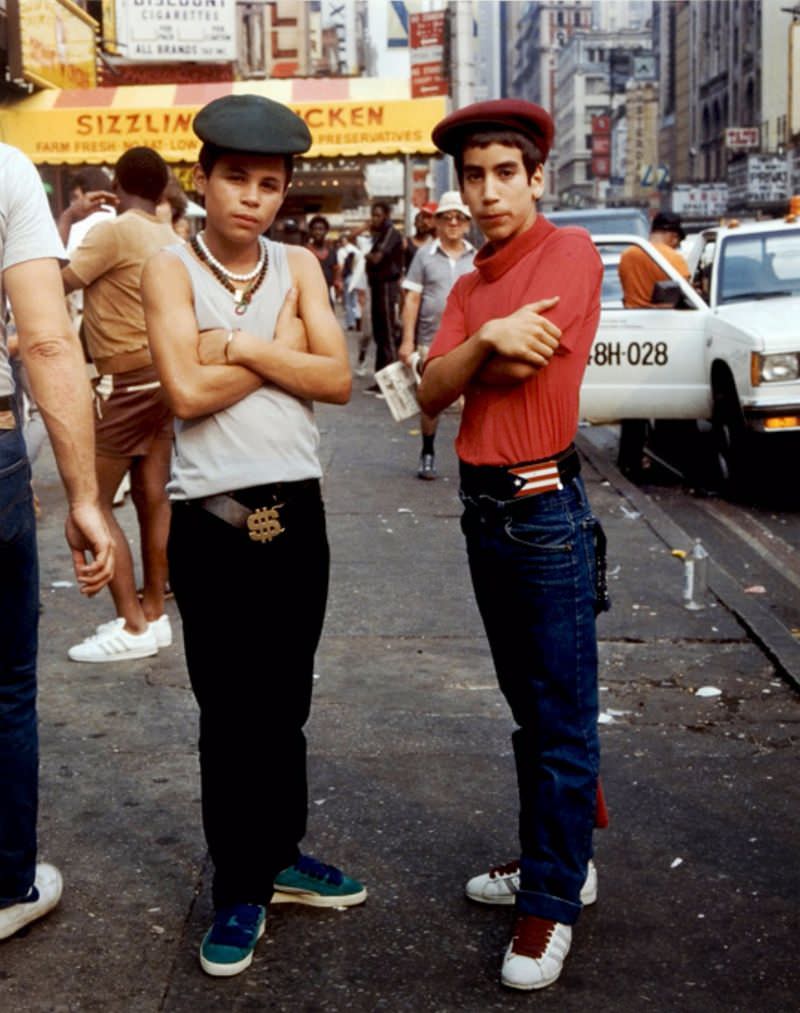
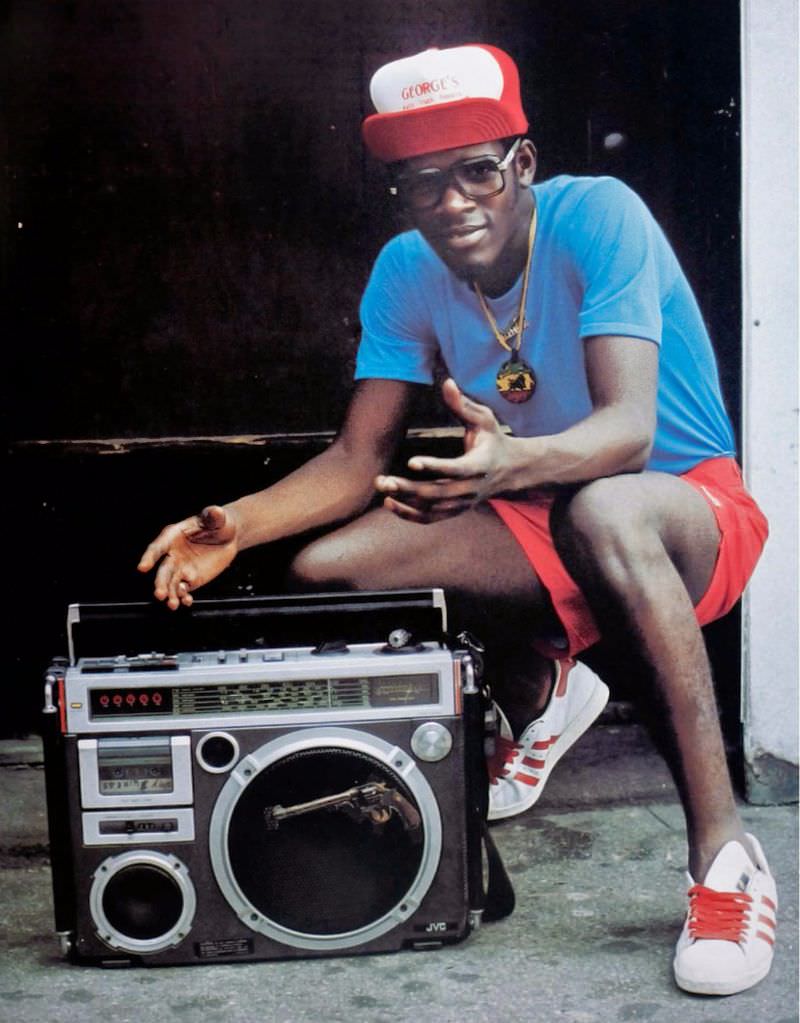
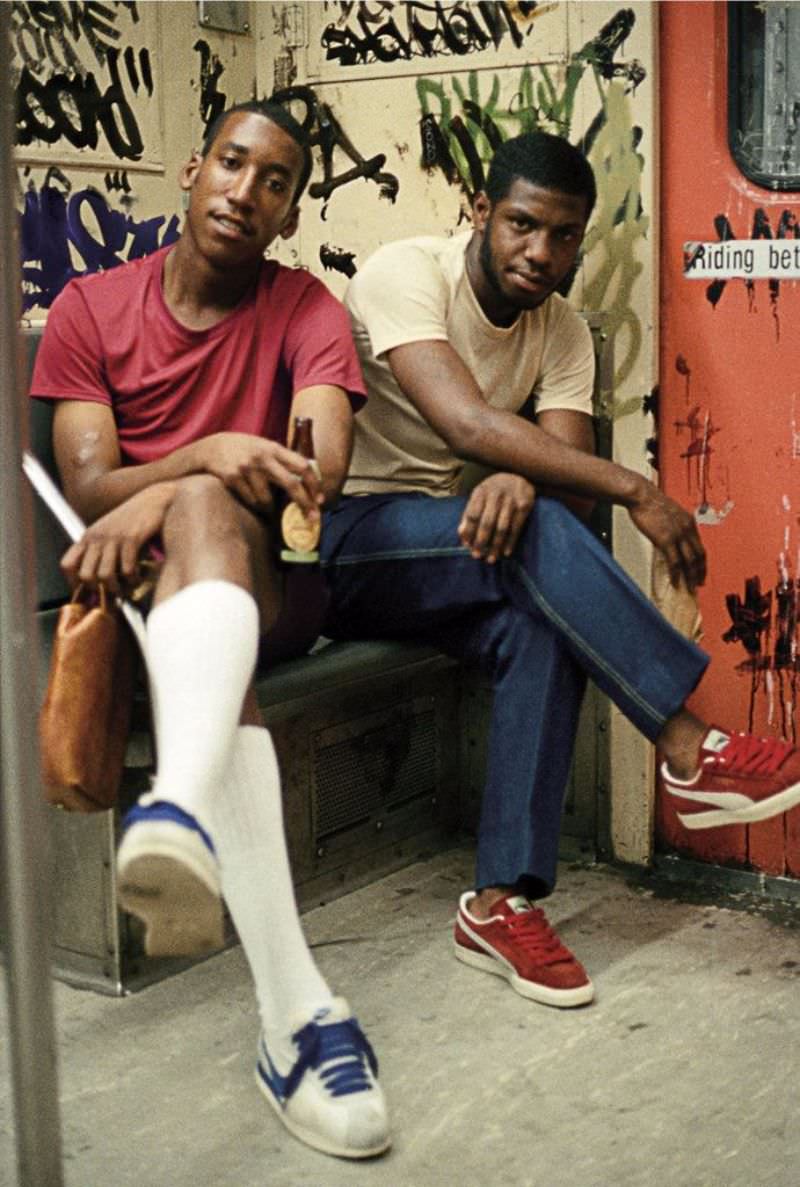
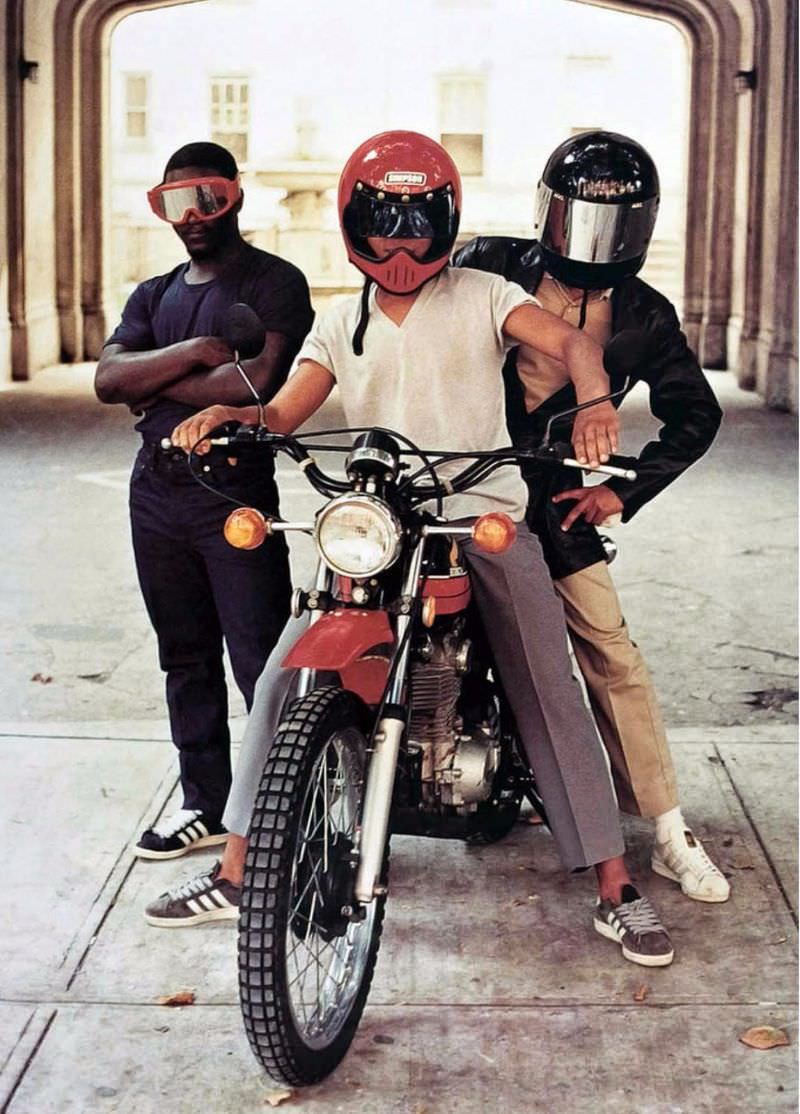
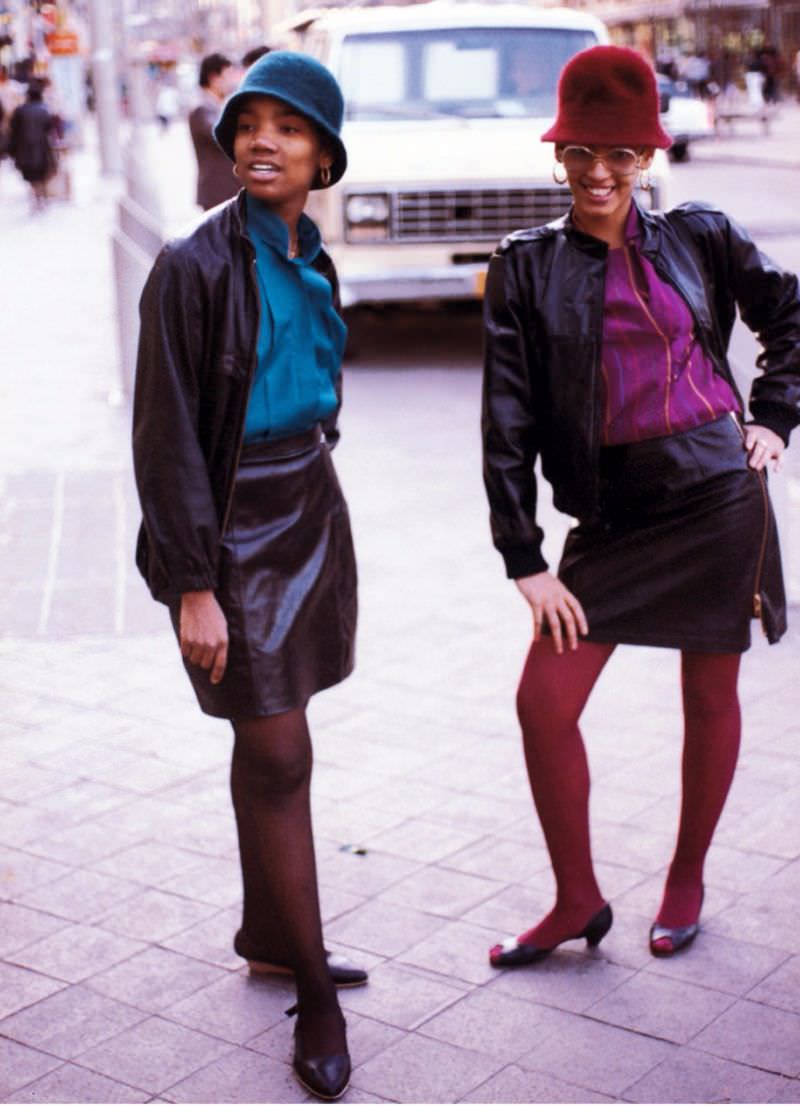
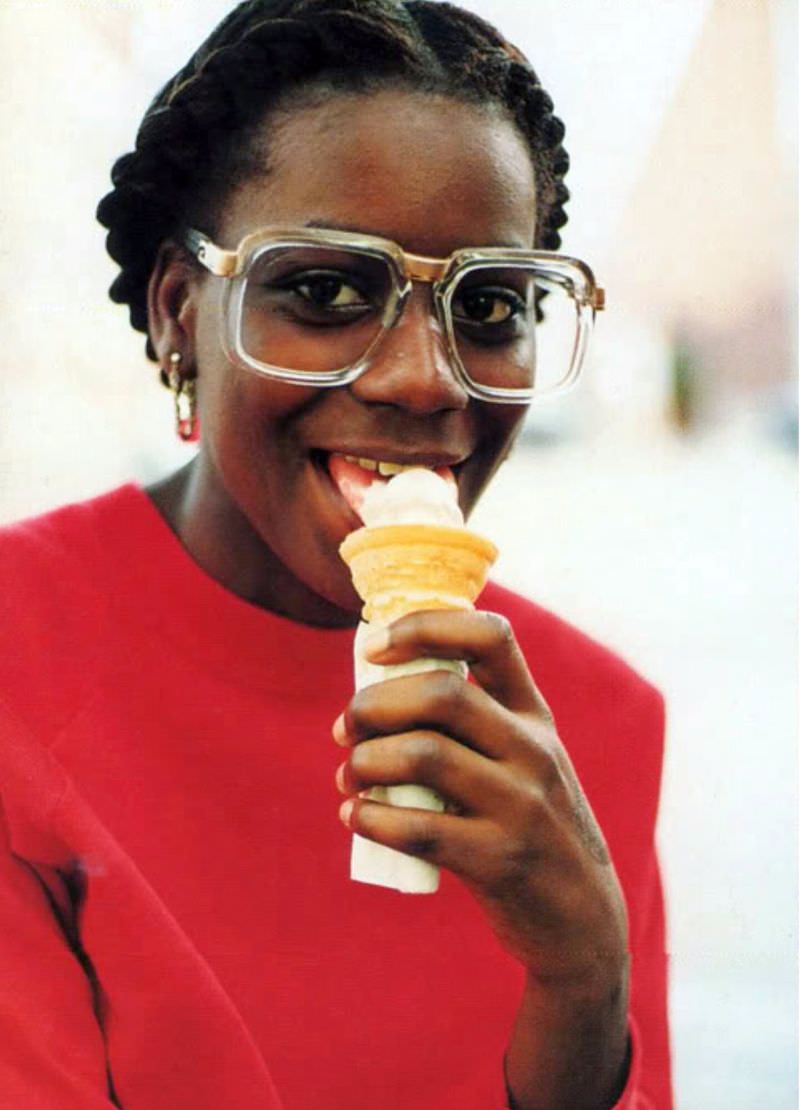
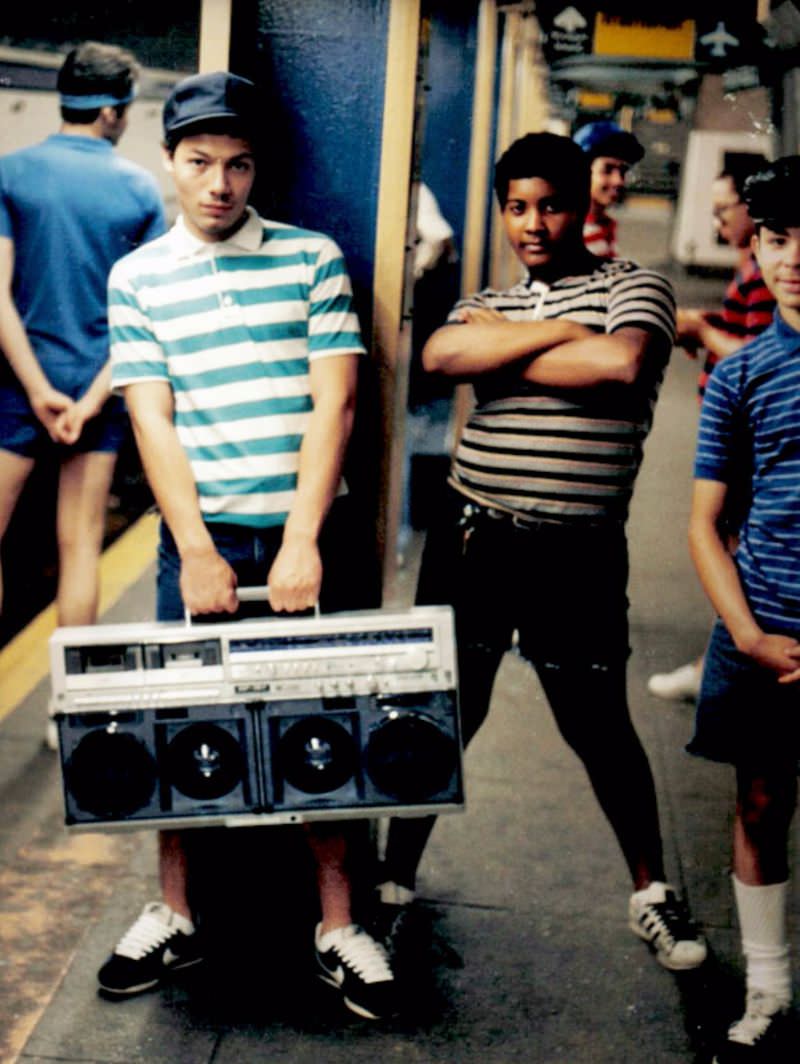
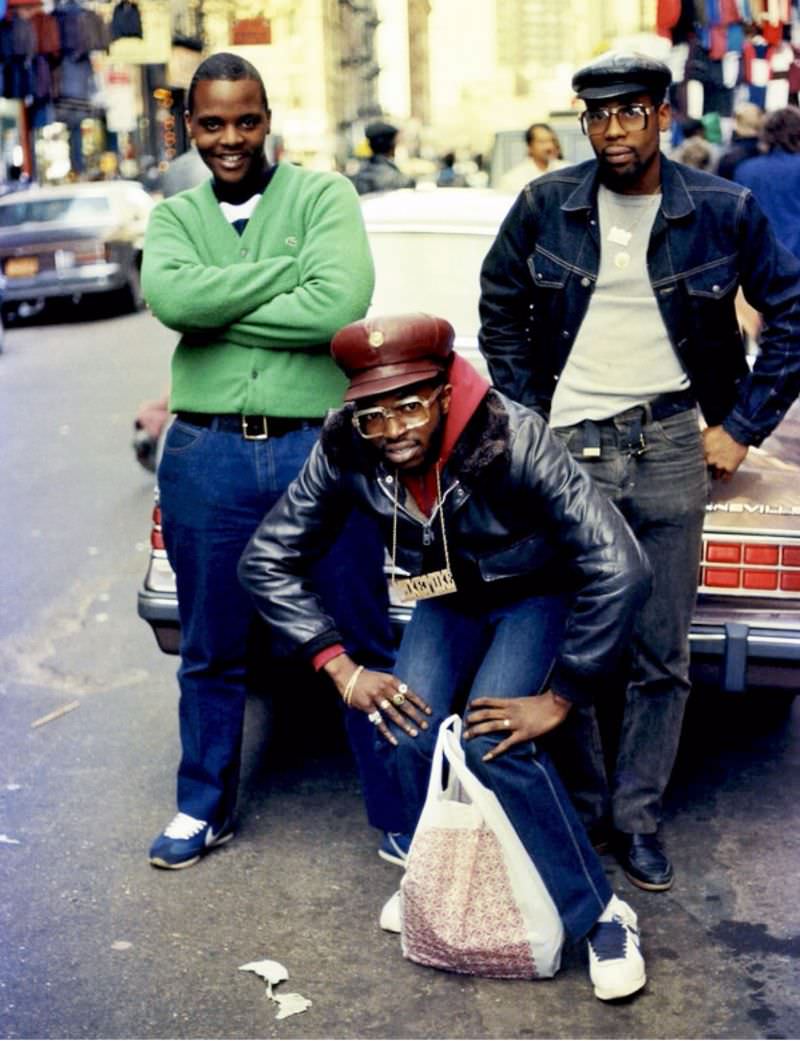
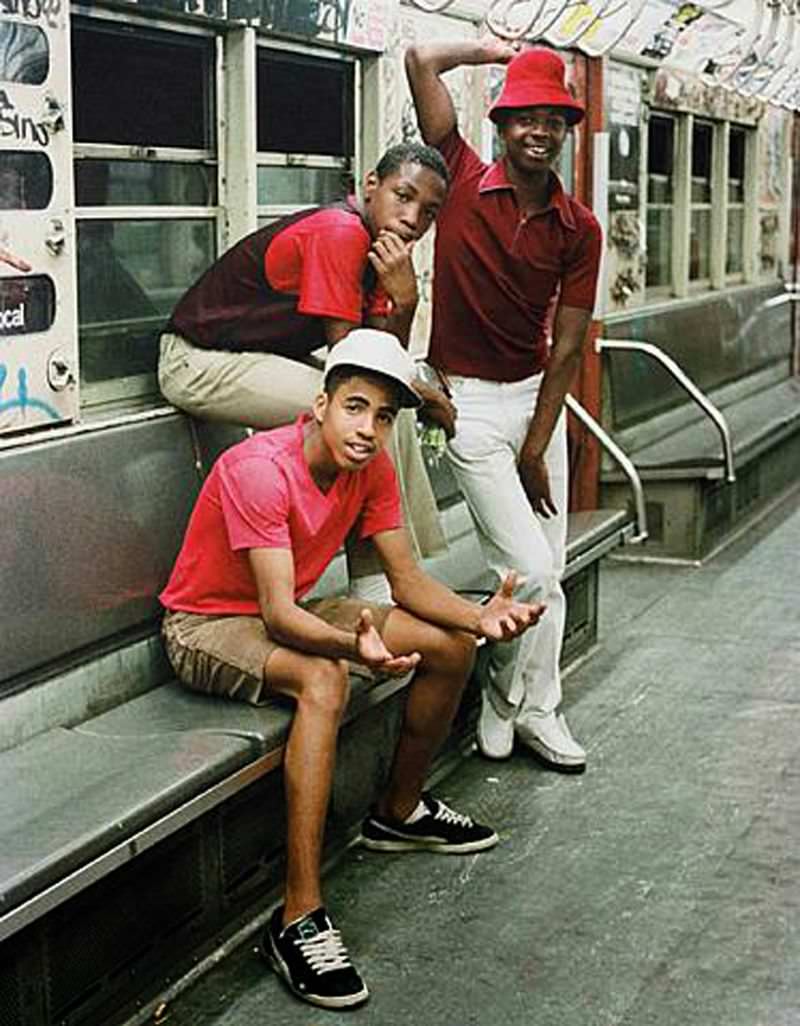
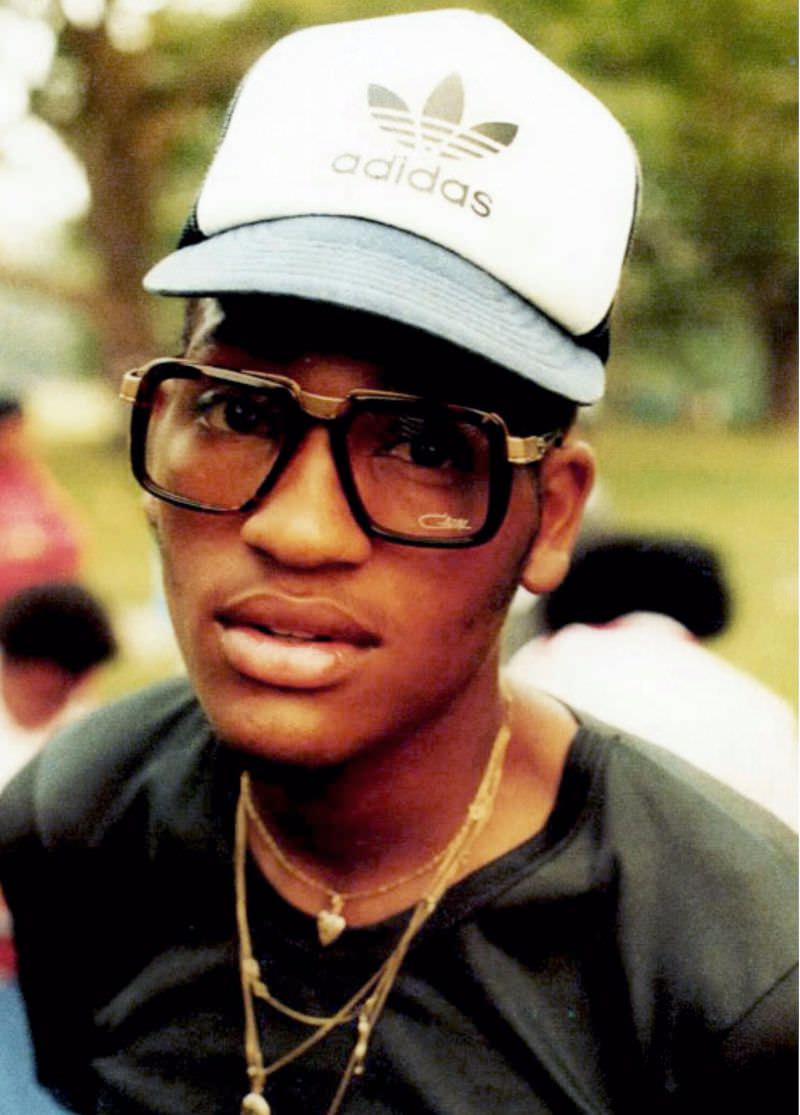
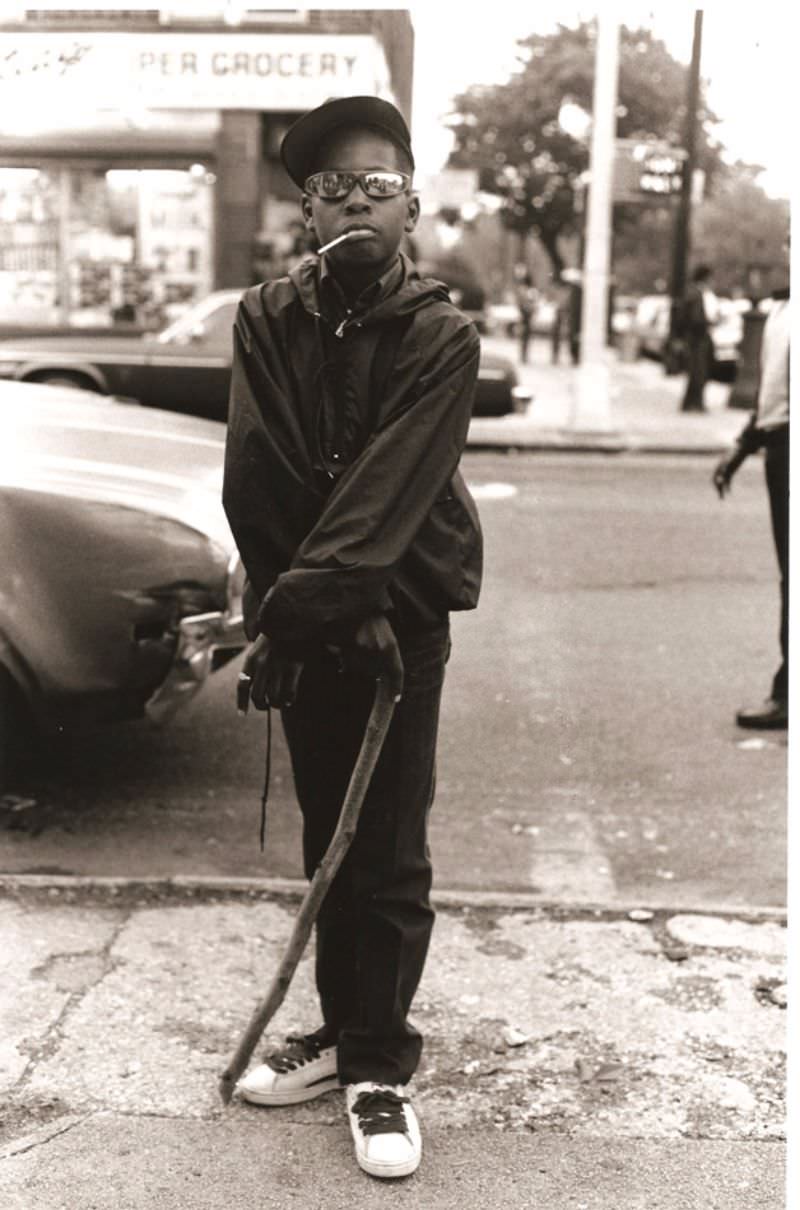
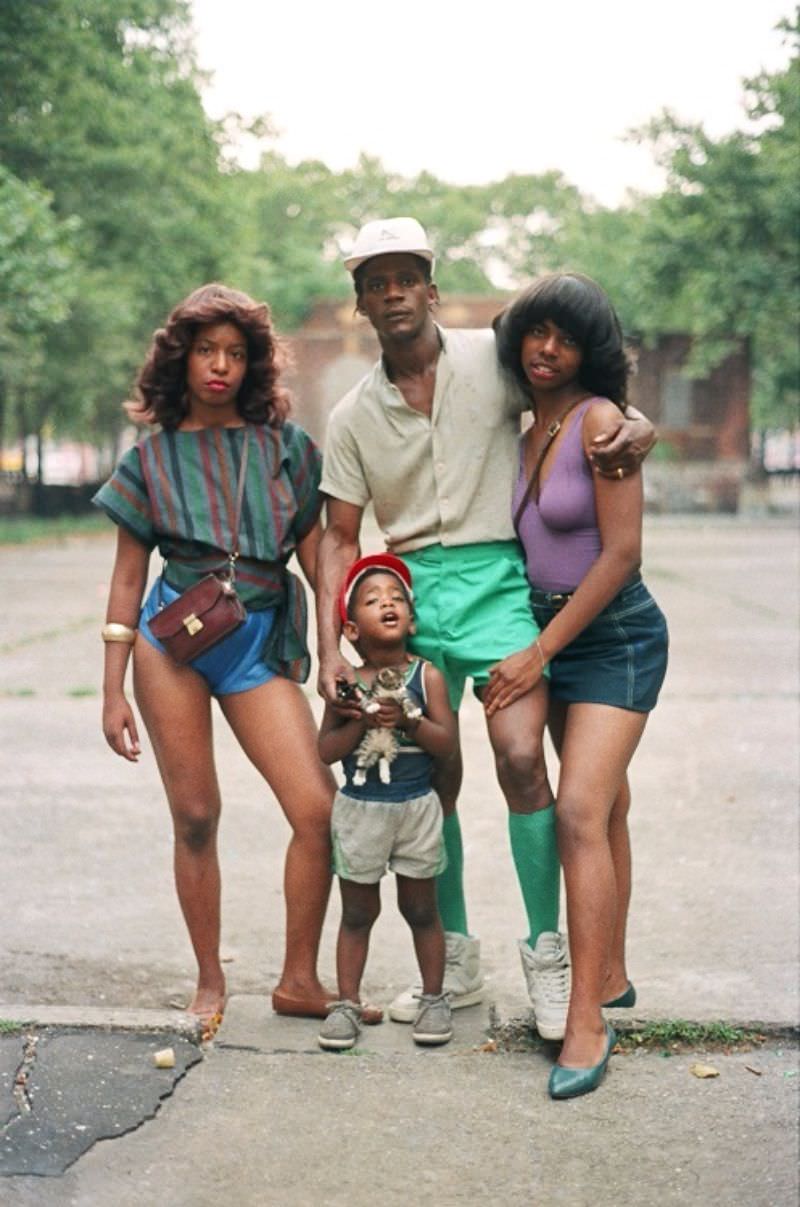
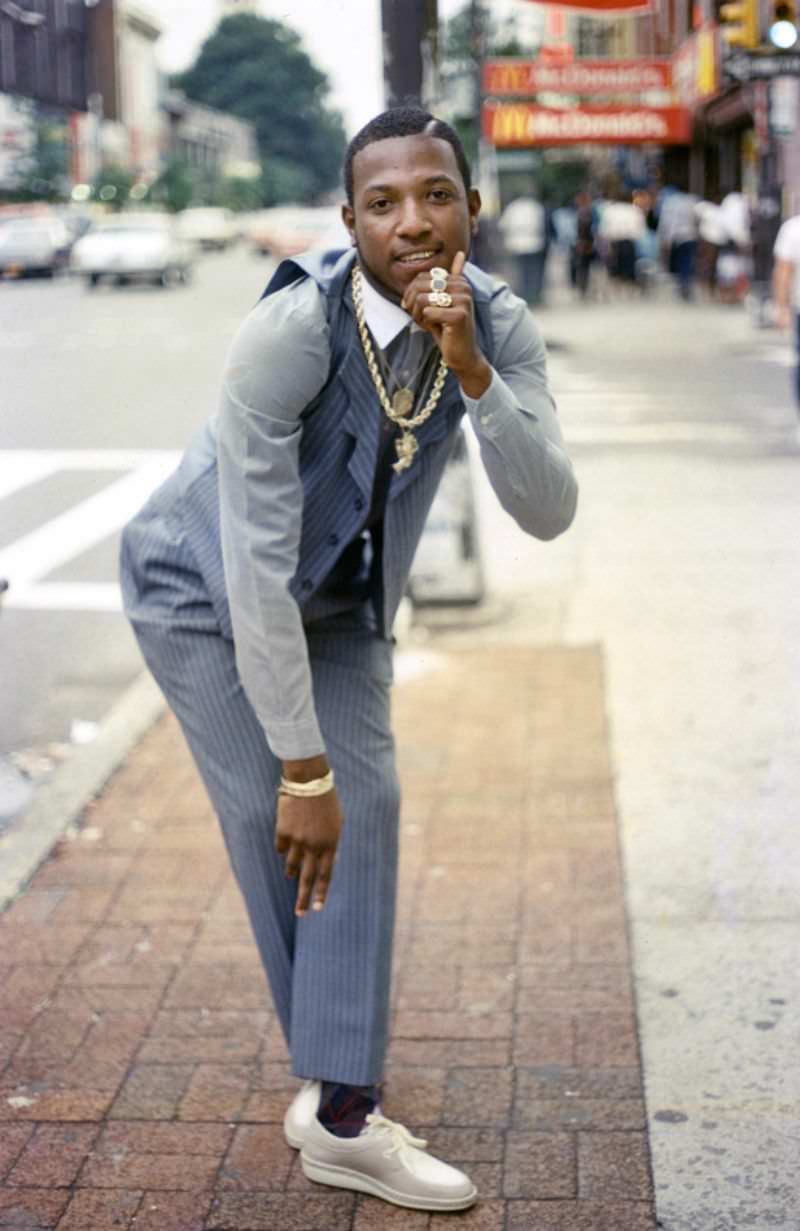
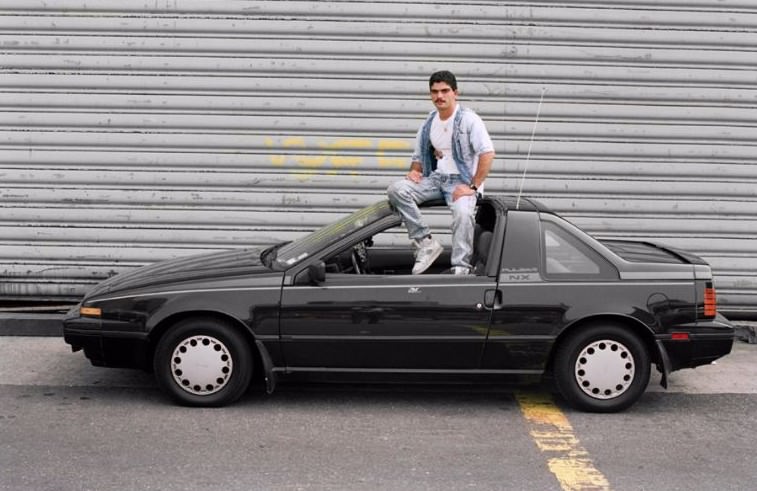
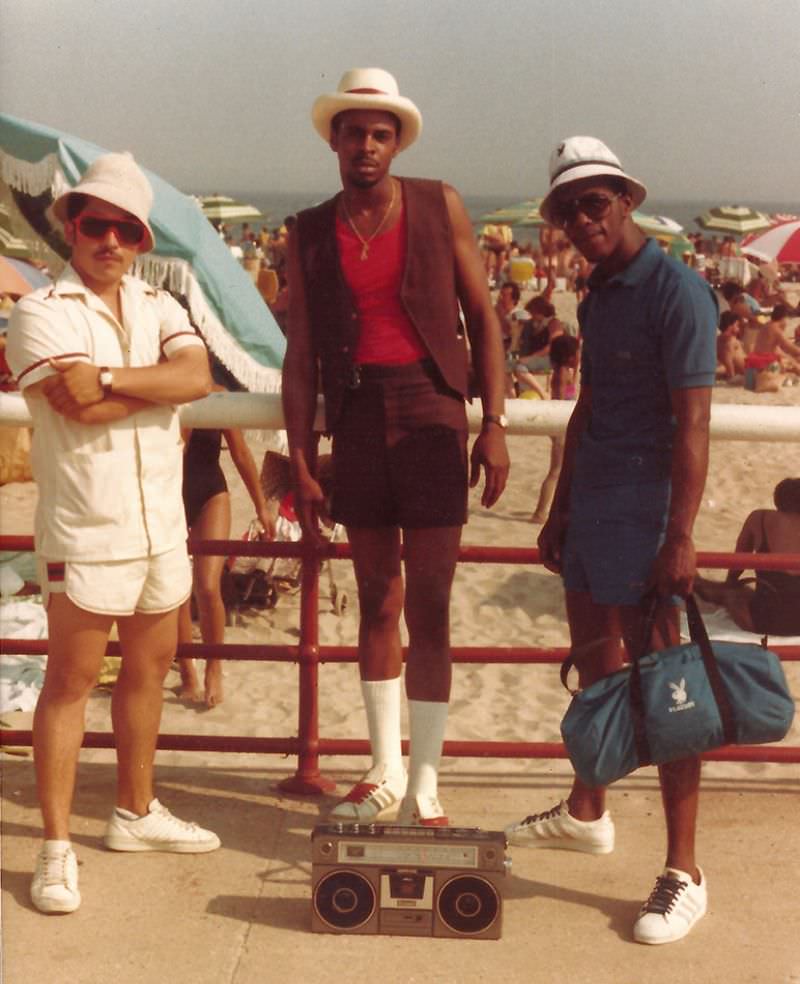
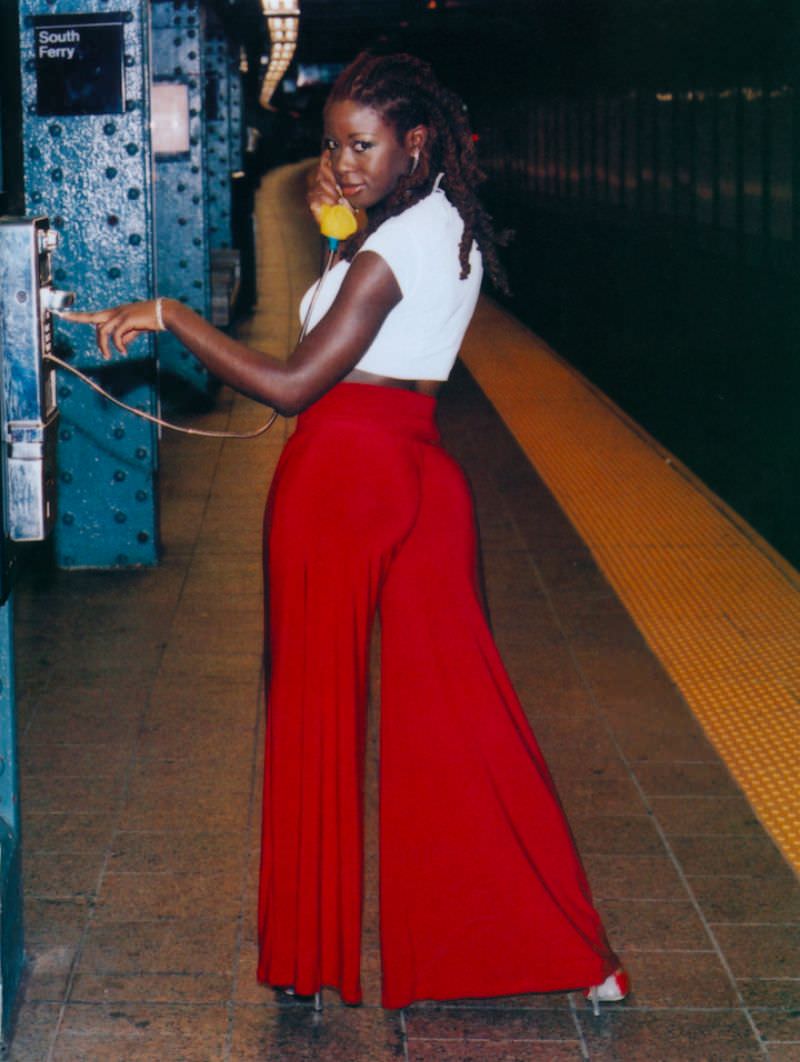
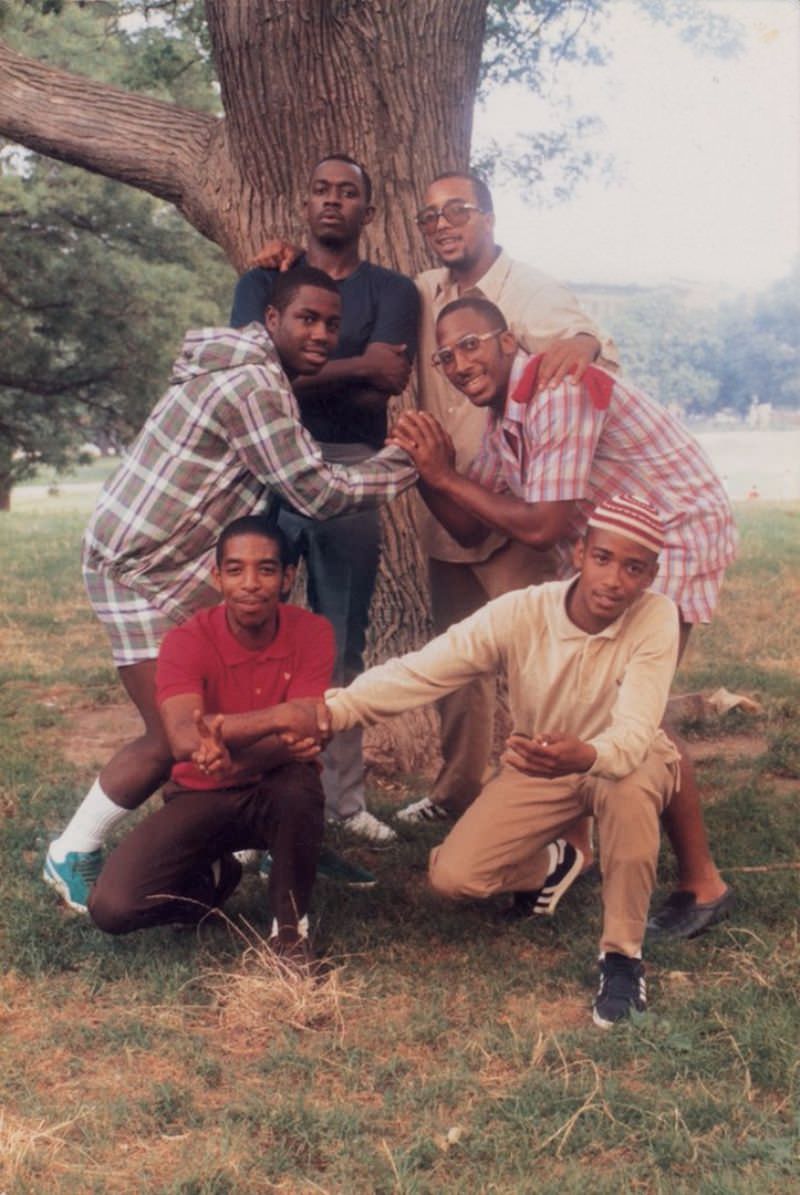
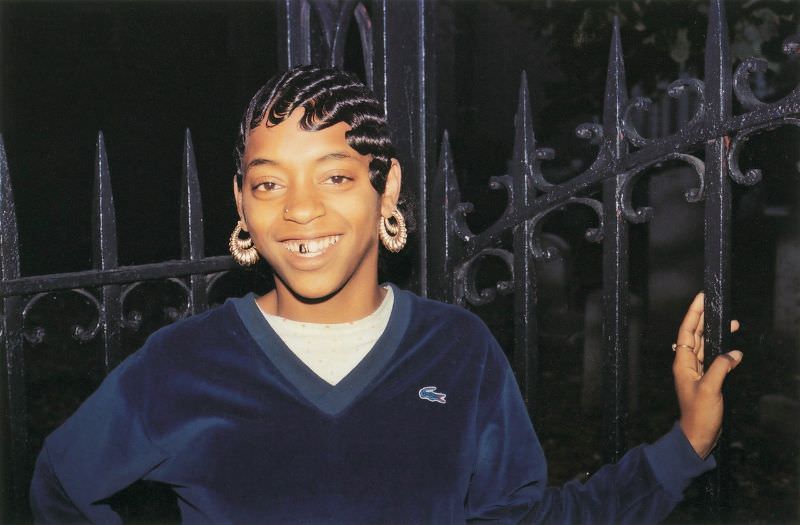
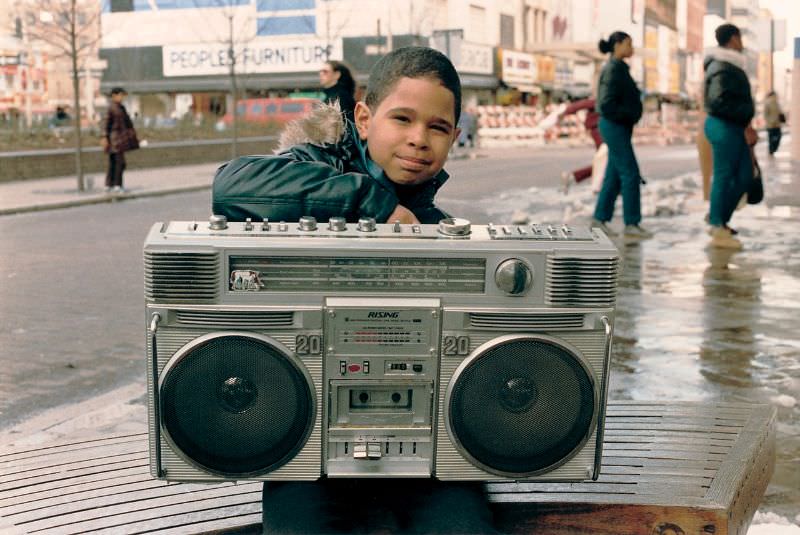
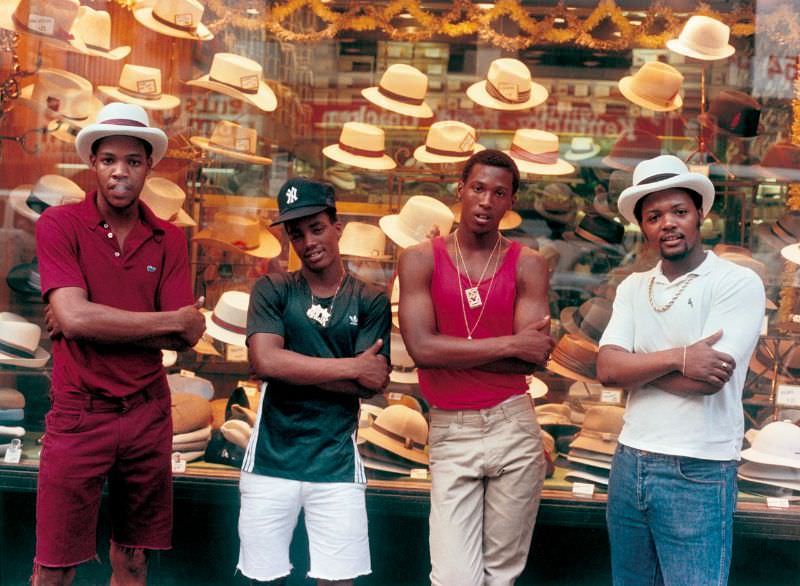
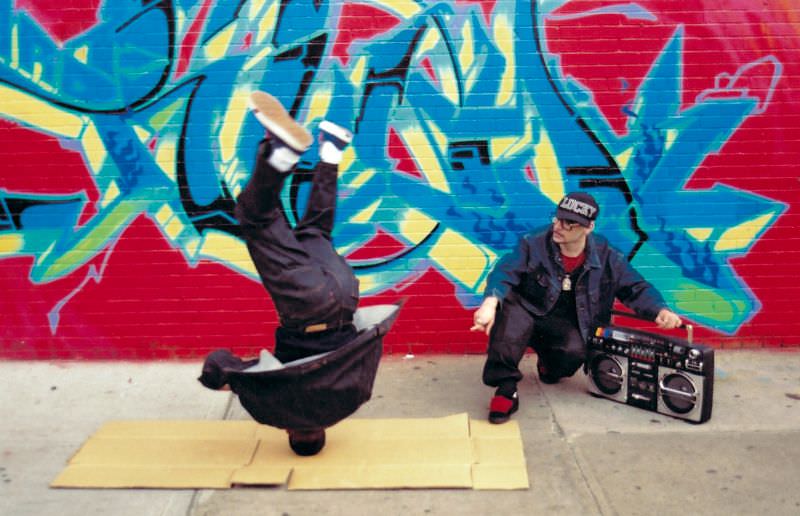
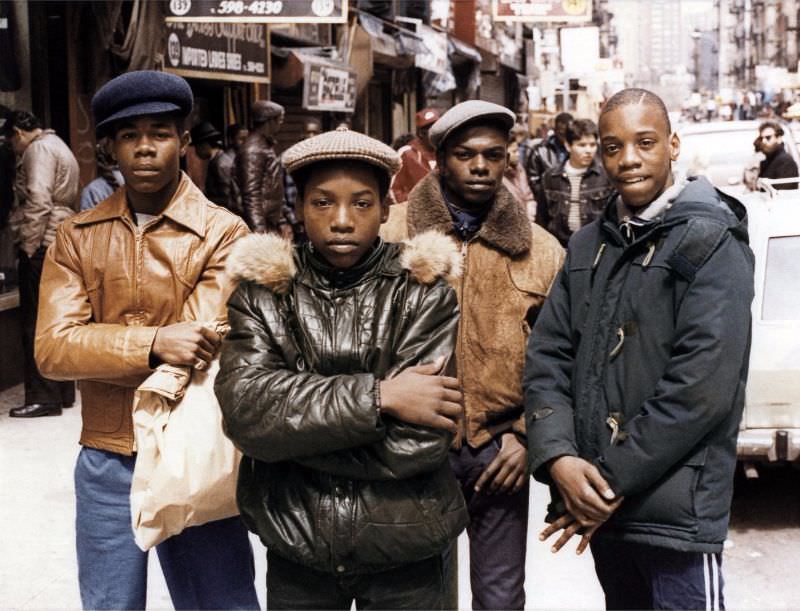
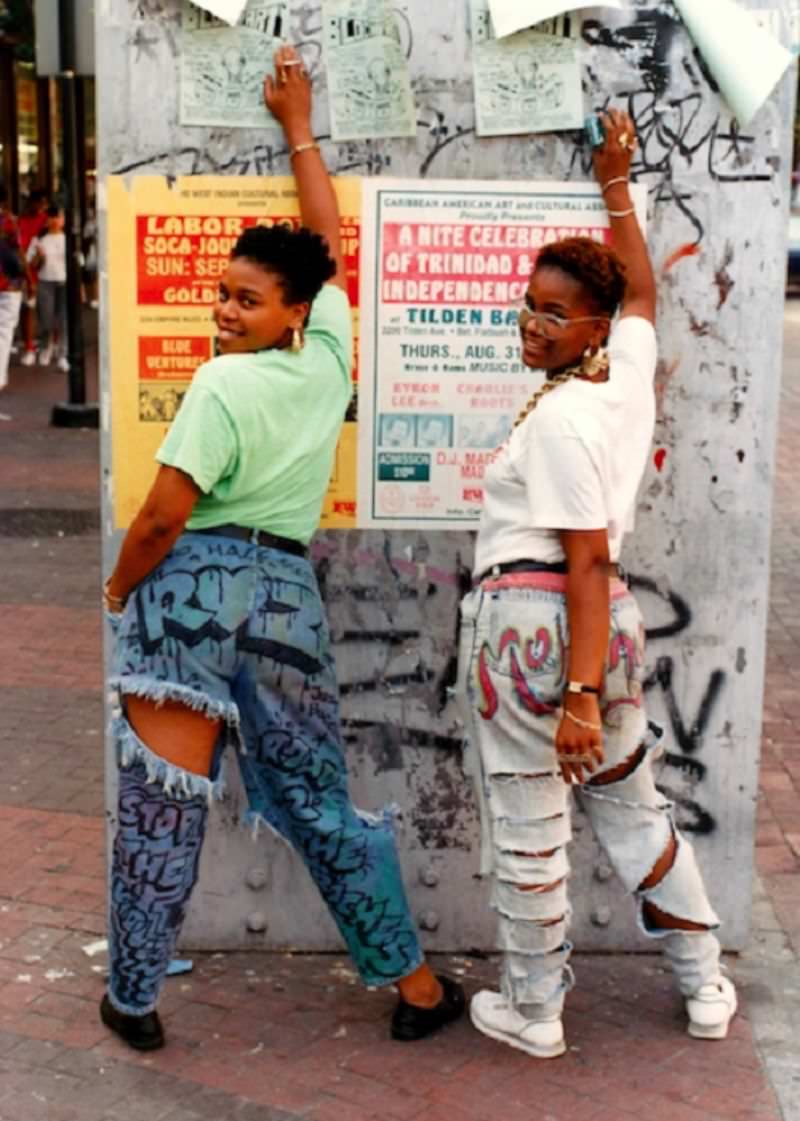
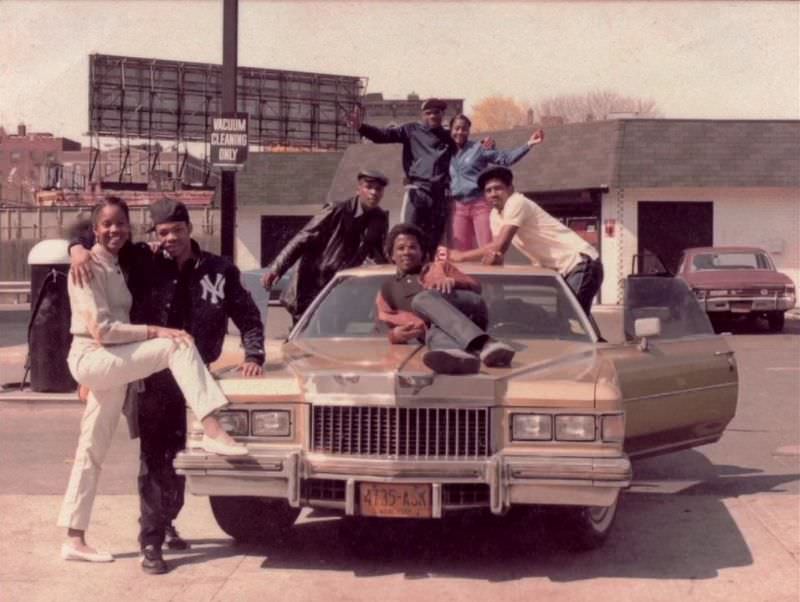
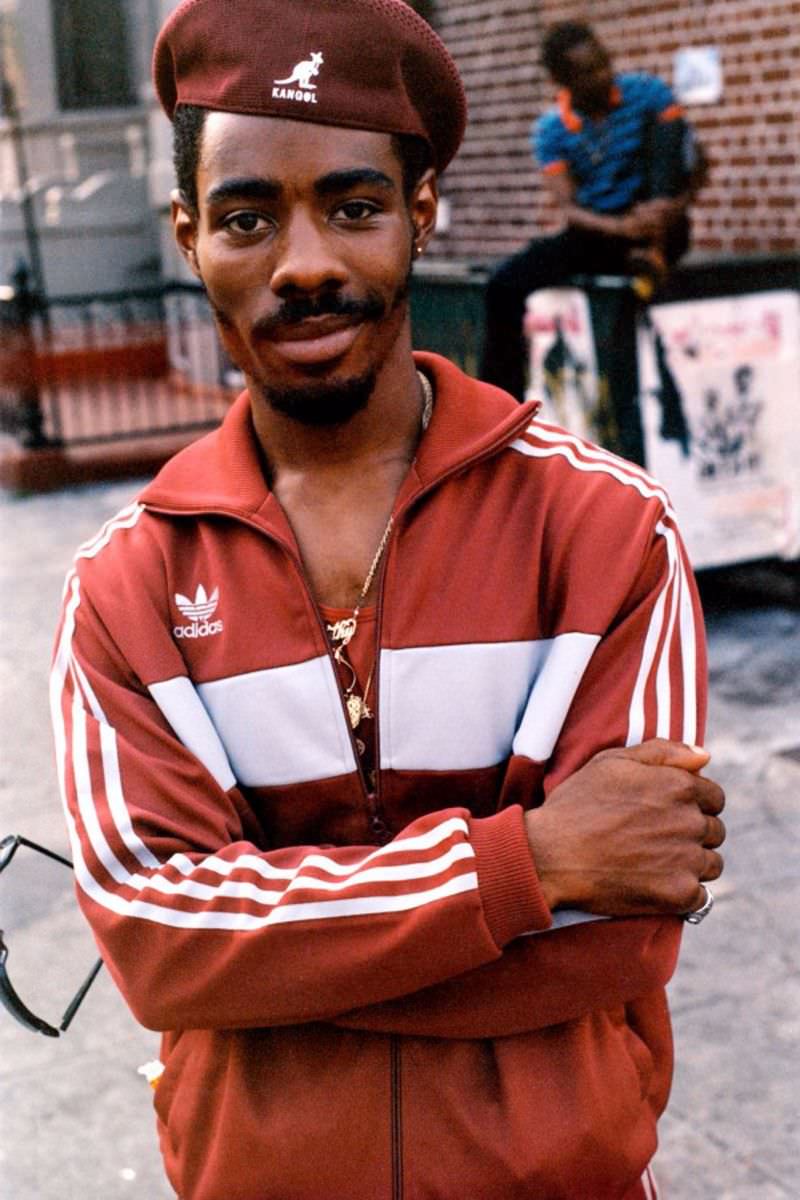
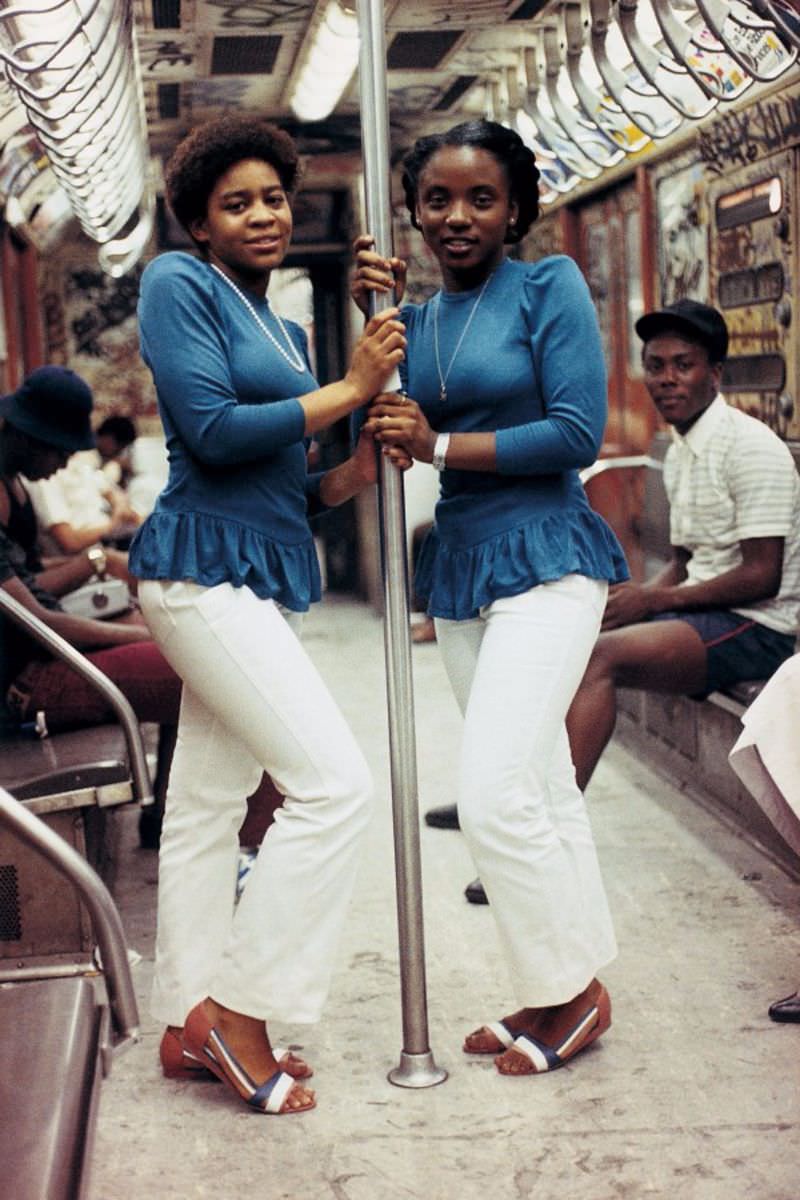
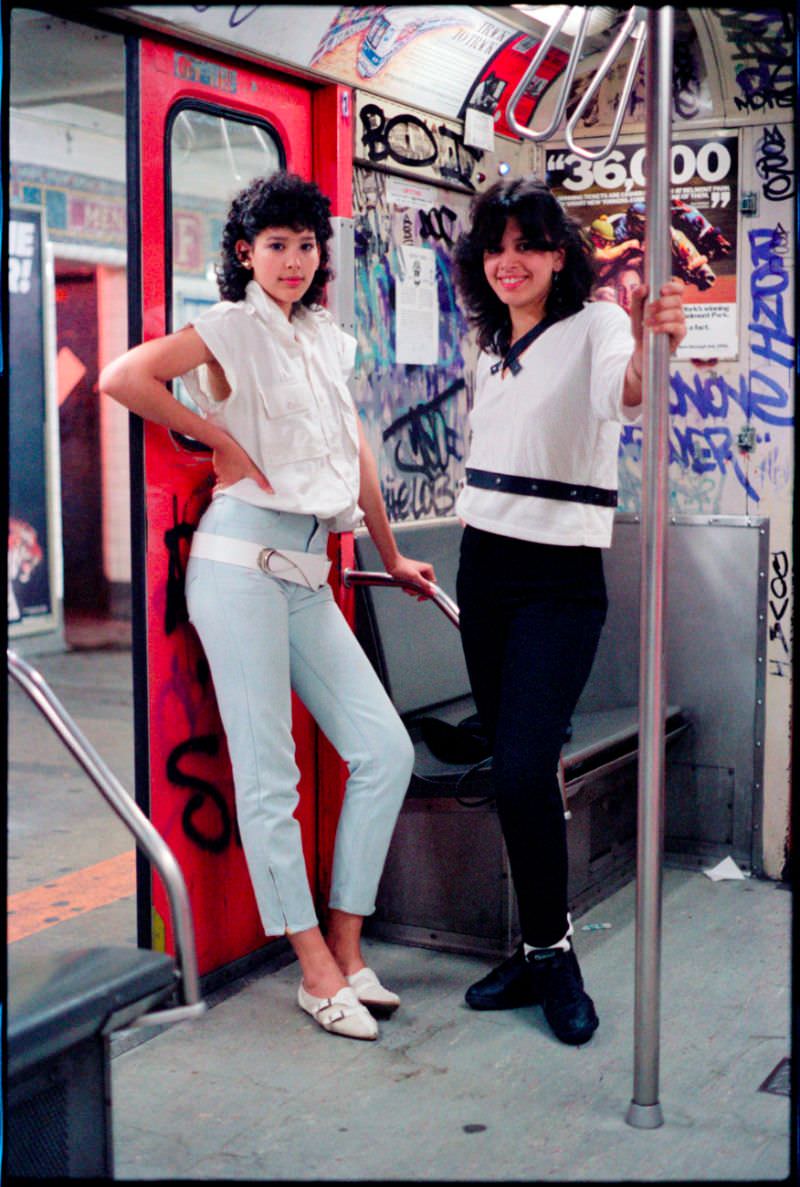

GIPHY App Key not set. Please check settings